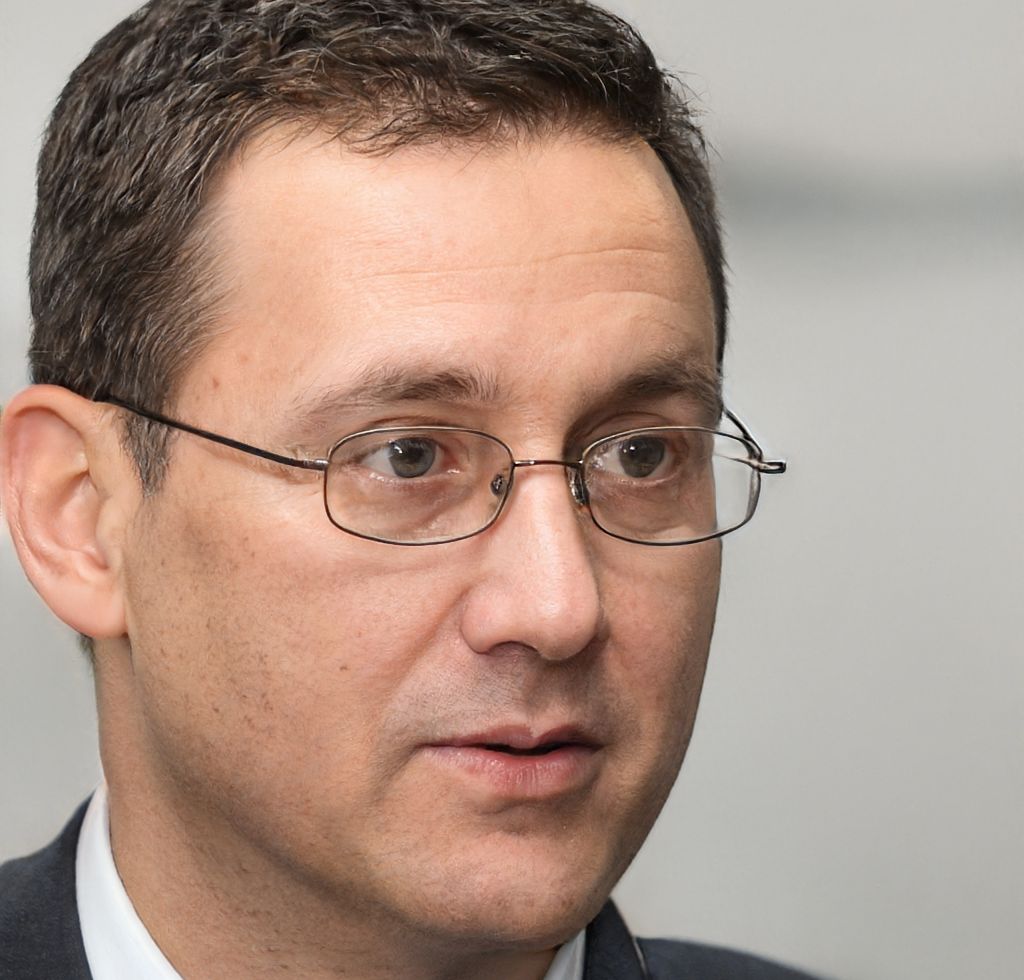How do cells make proteins?
Answer 2.
Transcription and translation are the two stages of this protein synthesis.
When transcribing, *
-Hydrogen bonds between breaks cause DNA to unzip and turn inside out.
-Only one exposed strand is paired with the complementary base of free RNA nucleotides.
-RNA polymerase forms a sugar-phosphate backbone, which connects the sugar and phosphate groups of neighboring RNA nucleotides.
-A new, single-stranded messenger RNA (mRNA) is thus created and emerges from the nucleus.
mRNA copies the information and codes from the DNA during this process.
-Free transfer RNA (tRNA) with three unpaired bases (anticodons) at one end and an amino acid attachment site at the other is also present in the nucleus.
-This tRNa travels in the direction of the ribosomes after attaching to the particular amino acid.
Translated
Six of the mRNA molecule's unpaired bases are revealed to the largest subunit at a time when it binds to the ribosome, a smaller unit.
-The tRNA molecule's anticodon binds to a complementary codon, and then another tRNA molecule appears and binds to yet another codon.
-The tRNA leaves the amino acid chain after it has formed a previous peptide bond with each other.
-The ribosome thus travels along, and numerous tRNA molecules carry the appropriate amino acids to form the correct sequence, which is only interrupted when the mRNA displays the 'STOP' codon.
Thus, proteins are made up of a chain of polypeptides that are synthesized by copying DNA.
By signing up, you agree to our Terms of Service and Privacy Policy
Protein synthesis is the process by which cells make proteins. It starts with transcription, in which the DNA sequence encoding a particular protein is copied into a molecule in the cell nucleus called messenger RNA (mRNA). From there, the mRNA travels to the cytoplasm, where translation takes place. During translation, ribosomes "read" the mRNA and transfer RNA (tRNA) molecules bring amino acids to the ribosomes based on the mRNA sequence. The ribosomes then link the amino acids together in the order specified by the mRNA, forming a polypeptide chain that is further modified and folded to become a functional protein.
By signing up, you agree to our Terms of Service and Privacy Policy
Cells make proteins through a process called protein synthesis, which involves two main stages: transcription and translation.
-
Transcription: In this stage, the DNA sequence of a gene is copied into a messenger RNA (mRNA) molecule. This process occurs in the nucleus of the cell. The enzyme RNA polymerase binds to the DNA at the beginning of the gene and "reads" the DNA sequence, creating a complementary mRNA molecule by matching RNA nucleotides to the DNA template. Once the mRNA molecule is synthesized, it detaches from the DNA and exits the nucleus, carrying the genetic information needed to make a protein.
-
Translation: Translation takes place in the cytoplasm of the cell, specifically on ribosomes. During translation, the mRNA molecule binds to a ribosome, and the process begins with the initiation phase, where the ribosome attaches to the mRNA at the start codon (usually AUG). Then, transfer RNA (tRNA) molecules, each carrying a specific amino acid, bind to complementary codons on the mRNA. The amino acids carried by the tRNA molecules are linked together in a specific order dictated by the mRNA sequence, forming a polypeptide chain. This process continues until a stop codon is reached, signaling the end of protein synthesis. The newly synthesized polypeptide chain is then released from the ribosome and undergoes further modifications to become a functional protein.
By signing up, you agree to our Terms of Service and Privacy Policy
When evaluating a one-sided limit, you need to be careful when a quantity is approaching zero since its sign is different depending on which way it is approaching zero from. Let us look at some examples.
When evaluating a one-sided limit, you need to be careful when a quantity is approaching zero since its sign is different depending on which way it is approaching zero from. Let us look at some examples.
When evaluating a one-sided limit, you need to be careful when a quantity is approaching zero since its sign is different depending on which way it is approaching zero from. Let us look at some examples.
When evaluating a one-sided limit, you need to be careful when a quantity is approaching zero since its sign is different depending on which way it is approaching zero from. Let us look at some examples.

- 98% accuracy study help
- Covers math, physics, chemistry, biology, and more
- Step-by-step, in-depth guides
- Readily available 24/7
 Oliver Antoine
Oliver Antoine Madeline Andrews
Madeline Andrews Easton Bailey
Easton Bailey